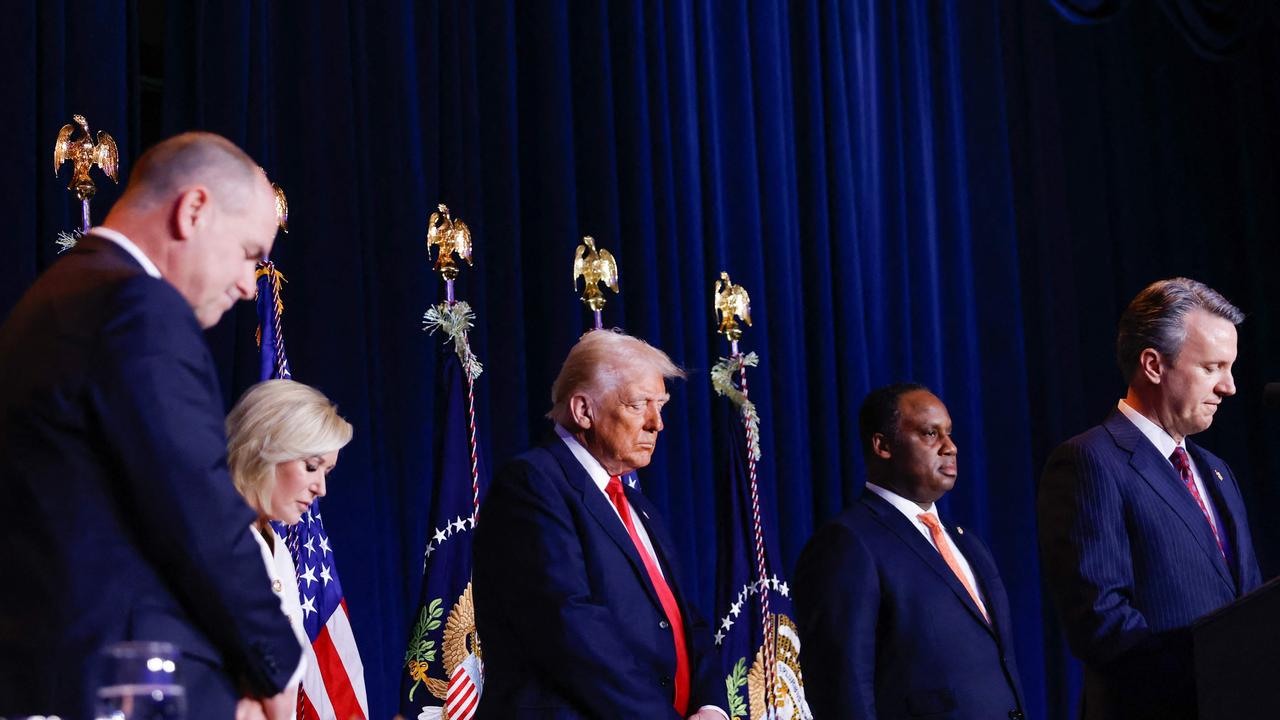IVF advances trim twin births for American women over 40
After four decades of record numbers of twins being born in the US there are now signs of a decline.

A revolution in fertility treatments and an increase in the age at which mothers have children helped produce a record number of twins being born in the US.
Yet after four decades, there are now signs of a decline.
The rate of twin births, which increased every year from 1980 until 2014, has fallen each year since, according to figures from the US department of health.
In 2007, at the height of the roaring twinties, twin births occurred at twice the rate of 1980. There were 138,961 twins born that year, according to the National Centre for Health Statistics.
After that, the rate fluctuated; then in 2014 began to decline by 1 per cent each year.
Last year, the total number of twin births, 123,536, was the lowest since 2002.
The rise in the number of twins from 1980 became an American cultural phenomenon. Twinship was both celebrated — in Ohio, the city of Twinsburg holds an annual Twins Days Festival, with parades, contests for the most alike siblings — and agonised over.
Studies wrestled with the question of whether twins should sit in the same class or not.
NASA studied the effects of space by sending the astronaut Scott Kelly to the International Space Station for a year while his identical twin Mark, also an astronaut, remained on Earth.
The increase in twins has been attributed to the rise of fertility treatments in which multiple fertilised eggs were introduced during in-vitro fertilisation to increase the chances that one would implant successfully in the wall of the uterus. This also increased the chances of twins.
Women choosing to have children later in life, when they tend to produce more eggs per cycle, was also thought to be a cause of the boom in twins. More recently, improvements in fertility treatment and new guidelines from the American Society of Reproductive Medicine have led many clinics to transfer only one embryo at a time, and to use lower doses of hormones that may have caused side-effects in the past.
These changes may in turn have affected the rate at which twins have been born to older mothers.
The steepest declines were among women aged 40 and over, where the birth rate of twins fell 23 per cent between 2014 and 2018.
A 12 per cent fall was recorded for mothers aged 35 to 39, and a 10 per cent drop for those in their early 30s. For women in their 20s, the rate remained stable.
The rate at which mothers give birth to twins is tracked carefully, in part because twin births can pose greater risks.
Records began in 1914, when the rate was 2 per cent of all births. It remained relatively stable until 1980; in 2014, 3.5 per cent of all births involved twins.
Studies of twins are a notable branch of science, seen as a potential key to the question of whether nature or nurture is the dominant force in human development.
The Times


